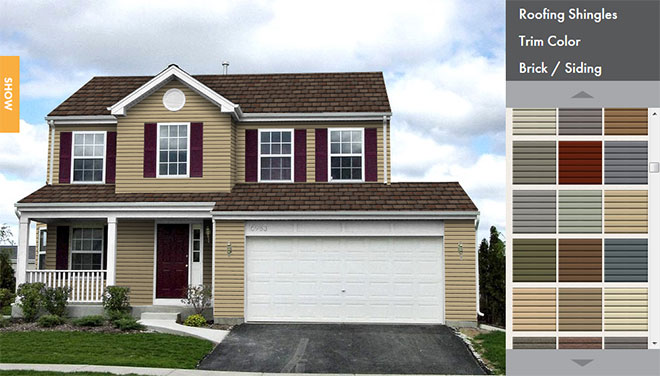Ventilation is Key To The Life Of Your Roof
More than ever, homeowners are frustrated by poor-performing roofing products, especially when a new roof costs between $5,000 and $10,000 and lasts only 12 to 15 years. In some cases, it is a bad brand of materials. More often, however, inadequate attic ventilation is the culprit. Building standards, driven by energy shortages, have sewn up the homes that we live in tighter than a drum. Surprisingly, standards of ventilation adopted in the 1930s are still in use today. Therefore, most homes are very under-ventilated.
Home Ventilation and Energy-Efficiency
If you take a moment and think about it, it’s easy to understand why ventilation and energy-efficiency is a catch-22. Many of the principles of creating an energy-efficient home deal with locking air inside the home to prevent heat loss. This, in turn, creates an environment of continuously recycled air. In recent years, indoor air pollution has become more of a problem than outdoor air pollution. Air filtration systems can help purify this recycled air, but energy-efficient homes lock in moisture as well as air. This can lead to condensation forming on your windows, mold problems, and roofing failures caused by wood rot and ice dams. Roof ventilation is the best and, in most cases, the only way to prevent these air and moisture problems.
Roof Ventilation
Roof ventilation is a major concern to anyone who is thinking about having their home re-roofed. It is common for the average household to produce from four to five pounds of water vapor per day. To illustrate how much water that is, go to your kitchen sink, fill an empty one-gallon container with water, and pour that on the floor. In poorly ventilated homes, this moisture has nowhere to go. So it forms condensation on the underside of the plywood sheeting of the roof, causing the plywood to expand, buckle, and delaminate. Naturally, this degrading plywood has a detrimental effect on the roofing, including reduced nail holding power, wind damage due to an uneven deck, and stress cracks due to unstable decking materials. This is why turbine ventilators should never be covered up in the winter.
Attic Ventilation Systems
During the summer, when temperatures can soar above 100 degrees, your attic is 145 degrees and the temperature on your new roof is nearly 180 degrees. It is now more important than ever for a total roof ventilation system. A proper attic vent system consists of an intake and an exhaust. Most often, this system works much like your fireplace. As warm air rises, it creates a slight suction at the intake vents. This relatively cooler air removes excess heat from the underside of the sheeting as it exits the exhaust. This cycle of heat exchange regulates the temperatures of the new shingle, saving your roofing investment from becoming a cinder.
When it comes to ventilation, more is better! Choices are many for both attic and roof ventilation. The turbine ventilators are a good product, but the aesthetics are not good. They can also become a maintenance headache as they get older. Dormer vents are another way to go. They are simple and can be installed out of sight at the rear of the building. Proper attic ventilation in your new roof may be the difference between a successful, long-lived roof and a complete failure in a very short period of time. Considering the high cost of re-roofing the average home, a few hundred dollars for additional attic ventilation is, without a doubt, a very wise investment.
Call a Minnesota Roofing Contractor Today!
A reliable roofing company is not just in the business of selling you a roof. They also care about educating you about how to make your best decision for solving your roof problem when all the facts are considered. Find out about your roofing options by calling a Minnesota Roofing Contractor to schedule a roof inspection to evaluate your roof’s condition today!


 Click Here
Click Here Click Here To Use
Click Here To Use